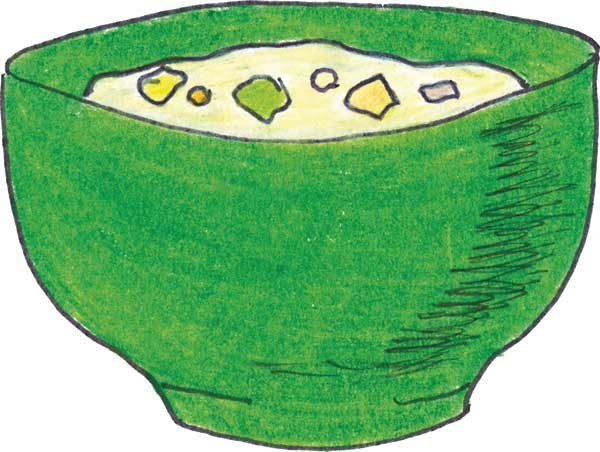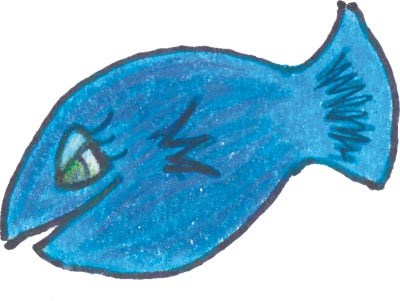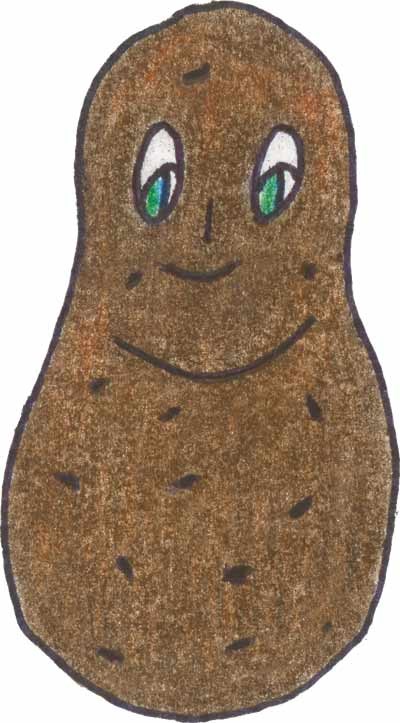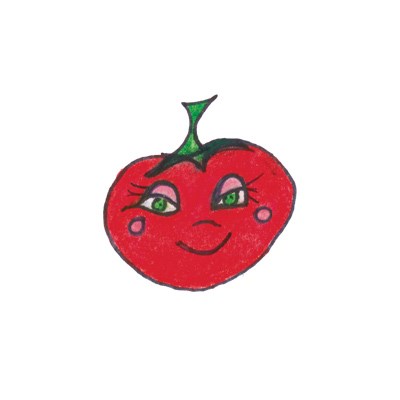
Illustration by Park Guide Noemesha Williams By Park Guide Kristal Ip 
Illustration by Park Guide Noemesha Williams The first printed recipe of chowder was published on September 22, 1751 in the Boston Evening Post. 
Illustration by Park Guide Noemesha Williams Chowder has always come in many different forms, based on the cultures that inspired them or the available ingredients. Today in the United States there are five main versions that are familiar to most people. 
Illustration by Park Guide Noemesha Williams 3. Rhode Island Clam Chowder: Rhode Island natives are particularly fond of this variety because it uses quahogs, a type of clam that is abundant in that state. There is no dairy or tomato in Rhode Island chowder and the broth is clear. |
Last updated: March 1, 2015
